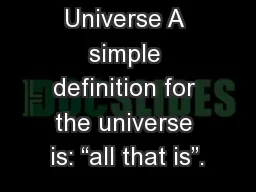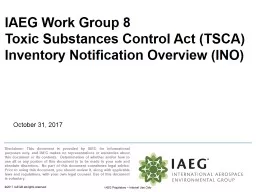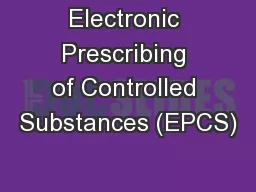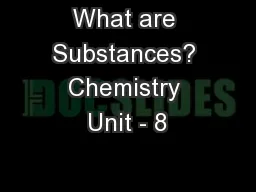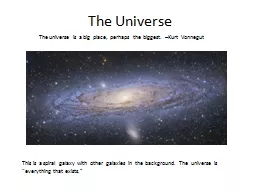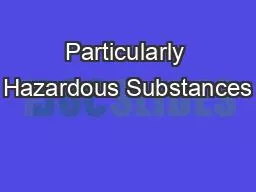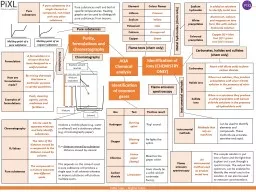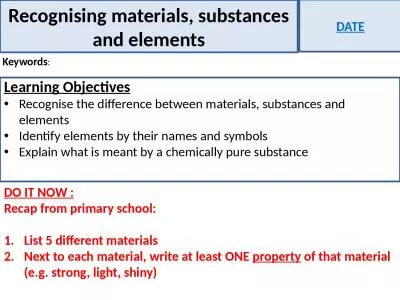PPT-Universe and its Substances
Author : experimentgoogle | Published Date : 2020-08-07
Pravin K Shah JAINA Education Committee 509 Carriage Woods Circle Raleigh NC 276073969 Website wwwjainelibraryorg email jainaedugmailcom Tele 9198594994 Universe
Presentation Embed Code
Download Presentation
Download Presentation The PPT/PDF document "Universe and its Substances" is the property of its rightful owner. Permission is granted to download and print the materials on this website for personal, non-commercial use only, and to display it on your personal computer provided you do not modify the materials and that you retain all copyright notices contained in the materials. By downloading content from our website, you accept the terms of this agreement.
Universe and its Substances: Transcript
Download Rules Of Document
"Universe and its Substances"The content belongs to its owner. You may download and print it for personal use, without modification, and keep all copyright notices. By downloading, you agree to these terms.
Related Documents




